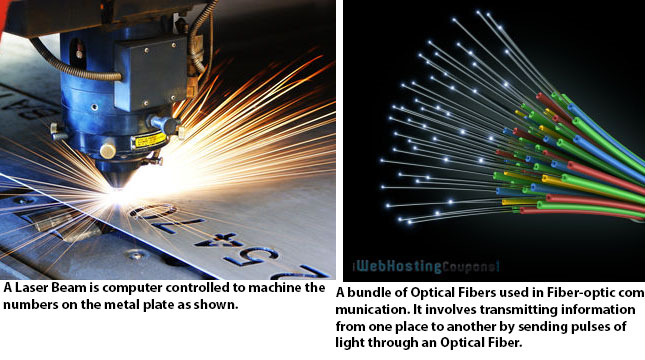Applied Optics and Lasers is one of the new key scientific areas of the twenty-first century. It involves the practical application of light, optics, and electronics in Laser based laboratories and in purpose built Laser systems in Medical fields, Industry, Military, and Research Institutions. Bachelor of Science in Applied Optics and Lasers programme seeks to produce graduates with sufficient background in the Physics of Lasers and their applications in Industry, Medical facilities, Fiber Optics communication among others. Such graduates will also be competent in applying Optics in a diverse range of applications in imaging, interferometry, optical design, optical instrumentation, optical data storage, optical fibers, and fiber optics communication among others. Applied Optics and Lasers will play a critical role in enabling manufacturing industries, medical facilities, data storage applications, research institutions, telecommunications, national security and defense technologies in the 21st century.

